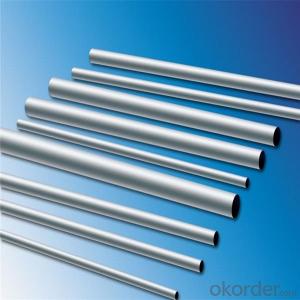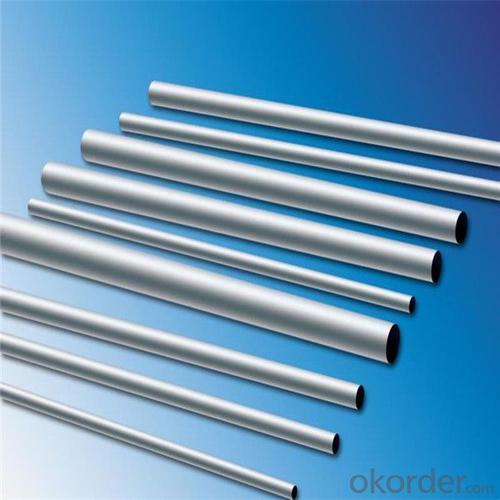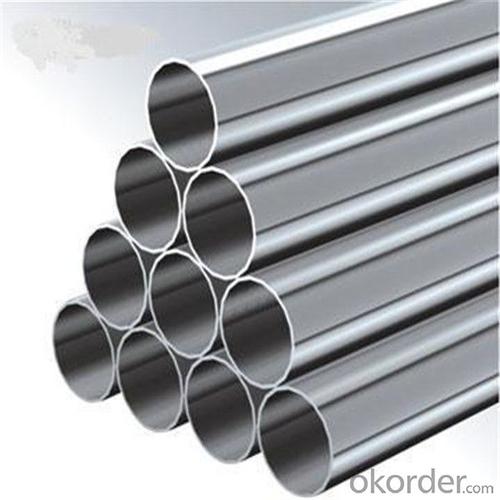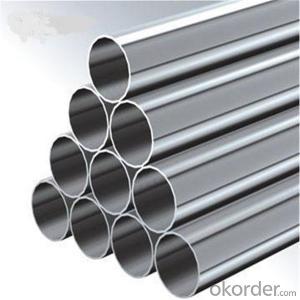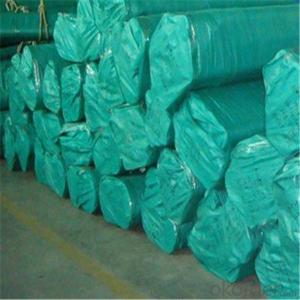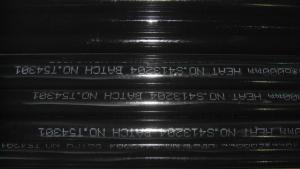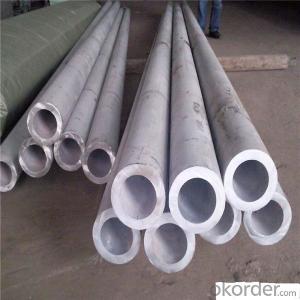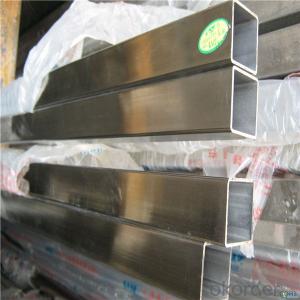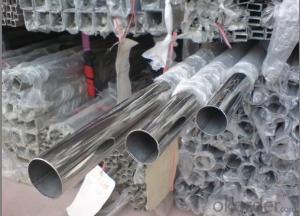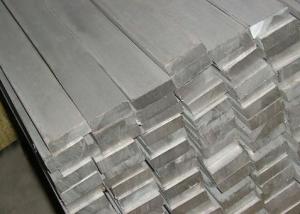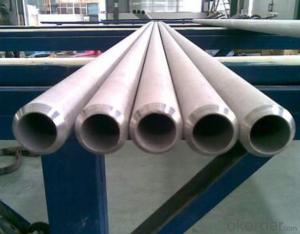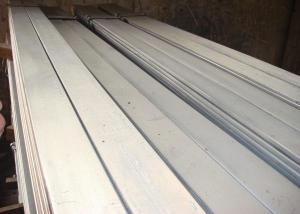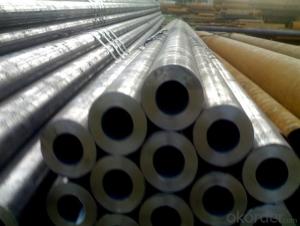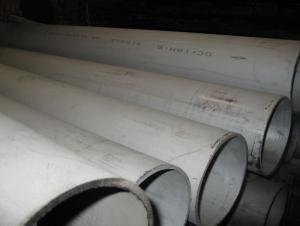904l Stainless Steel Seamless Pipe in Wuxi ,China
- Loading Port:
- Shanghai
- Payment Terms:
- TT OR LC
- Min Order Qty:
- 3 m.t.
- Supply Capability:
- 25000 m.t./month
OKorder Service Pledge
OKorder Financial Service
You Might Also Like
Specification
904L STAINESS STEEL
UNSN08904
DIN W.NR.1.4539
(Introduction of Commodity)
Similar Grade
UNS | ASTM A240 | Trademark |
UNS N08904 | SUS890L | 904L |
(Chemical Component)
Alloy | % | Ni | Cr | Cu | Mo | C | Mn | Fe | Si | P | S |
904L | Min | 23 | 19 | 1 | 4 | Balance | |||||
Max | 28 | 23 | 2 | 5.0 | 2 | 1 | Balance | 0.045 | 0.035 |
(Physical Properties)
Density | Fusion Point |
8.0g/cm3 | 1300-1390°C |
Mechanical Property
Alloy and state | Tensile Strength | Yield Strength | Elongation |
RM N/MM2 | RP0.2N/MM2 | A5% | |
904L | 490 | 216 | 35 |
904L is a fully austenitic structure, and the general content of high molybdenum austenitic stainless steel, 904L is not sensitive to the precipitation of the ferrite and the alpha phase.
Application
1. petroleum, petrochemical equipment, such as petrochemical equipment in the reactor, etc..
2. Storage and transportation equipment, such as heat exchangers, etc..
3. Power plant flue gas desulfurization device, the main use of the site are: absorption tower body, flue, file door, interior, spray system, etc..
4. Organic acid treatment system of scrubber and fan.
5. Seawater treatment plant, sea water heat exchanger, paper industry equipment, sulfuric acid, nitric acid equipment, acid, pharmaceutical industry and other chemical equipment, pressure vessels, food equipment.
6 .Pharmaceutical factory: centrifuge, reactor, etc..
7. Plant food: cans of soy sauce, cooking wine, salt, and dressing equipment.
8. Most suitable for dilute sulfuric acid and strong corrosive medium
Surface Finish :
Surface finish | Characteristics and application |
No.2B | The surface brightness and flatness of no2B is better than no2D. then through a special surface treatment to improve its mechanical properties, No2B could nearly satisfy comprehensive uses. |
No.3 | Polished with abrasive belt of git#100-#200, have better brightness with discontinuous coarse stria, used as inner and external ornaments for building, electrical appliances and kitchen utensils etc. |
No.4 | Polished with abrasive belt of grit #150-#180,have better brightness with discontinuous coarse stria, but thinner than No3, are used as bathtub buildings inner and external ornaments electrical appliances kitchen utensils and food processing equipment etc. |
HL | Polished with abrasive belt of grit #150-#320 on the NO.4 finish and has continuous streaks, mainly used as buildings ornaments elevators, door of building, frontal plate etc. |
BA | Cold rolled, bright annealed and skin-passed, the product have excellent brightness and good reflexivity like mirror, kitchen apparatus, ornament etc. |
8K | The product have excellent brightness and prefer reflexivity can to be the mirror. |
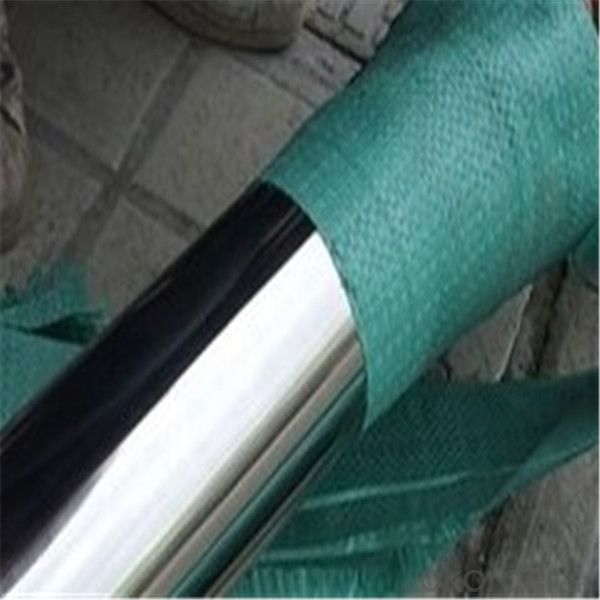
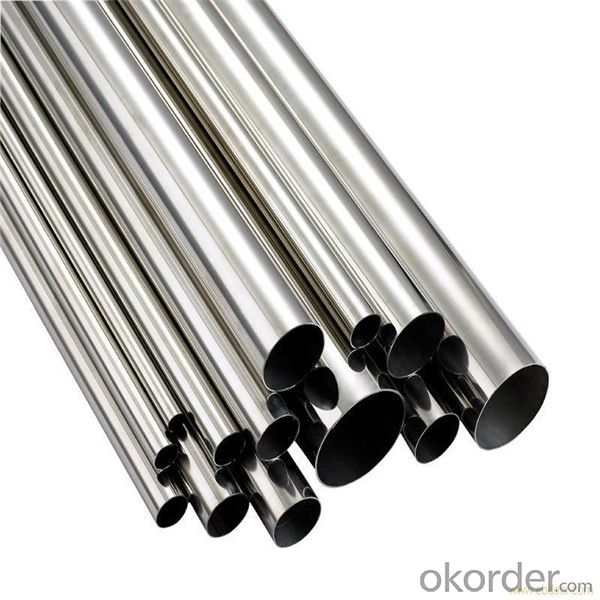
- Q: Can stainless steel pipes be used for exhaust systems?
- Yes, stainless steel pipes can be used for exhaust systems. They are commonly used due to their excellent corrosion resistance, high temperature tolerance, and durability. Stainless steel pipes can withstand the harsh conditions of exhaust gases and provide a long-lasting and efficient solution for exhaust systems.
- Q: Can stainless steel pipes be mirror polished?
- Indeed, it is possible to achieve a mirror polished look on stainless steel pipes. This involves smoothing the surface of the pipe by grinding it down and subsequently utilizing a range of polishing compounds to attain a glossy finish. This procedure can be executed either manually or with the aid of specialized equipment. The mirror polished appearance not only enhances the visual attraction of the stainless steel pipe but also offers an extra layer of defense against corrosion and staining. Nevertheless, it is crucial to bear in mind that to preserve its shine over time, regular maintenance may be necessary for the mirror polished finish.
- Q: Can stainless steel pipes be used in the automotive industry?
- Yes, stainless steel pipes can be used in the automotive industry. They are commonly used for various applications such as exhaust systems, fuel lines, and cooling systems due to their high corrosion resistance, durability, and ability to withstand high temperatures. This makes stainless steel pipes a preferred choice for automotive manufacturers as they provide reliability and longevity to the vehicles.
- Q: What's the easiest way to distinguish between stainless steel 202 and 304?
- 304# and 202# are American Standard grade 304 is 0Cr18Ni9202shi 1Cr18Nn8Ni5N
- Q: What are the common wall thicknesses for stainless steel pipes?
- The common wall thicknesses for stainless steel pipes vary depending on the application and the specific grade of stainless steel being used. However, some commonly available wall thicknesses for stainless steel pipes include Schedule 5S, Schedule 10S, Schedule 40S, and Schedule 80S. Schedule 5S typically has a thinner wall thickness and is suitable for low-pressure and light-duty applications. Schedule 10S is slightly thicker and can withstand higher pressures, making it suitable for a wider range of applications. Schedule 40S is commonly used in industrial and commercial settings where higher pressures and temperatures are involved. Schedule 80S has the thickest wall thickness and is typically used in heavy-duty applications, such as the oil and gas industry. It is important to note that these are just some of the common wall thicknesses for stainless steel pipes, and there may be other options available depending on the specific requirements of the project. Consulting with a professional or referring to industry standards and specifications can help determine the appropriate wall thickness for a particular application.
- Q: What are the different standards and specifications for stainless steel pipes?
- There are several different standards and specifications for stainless steel pipes, depending on their intended use and the industry they are being used in. Some common standards include ASTM A312/A312M, which covers seamless, welded, and heavily cold worked austenitic stainless steel pipes; ASTM A358/A358M, which specifies electric-fusion-welded austenitic chromium-nickel stainless steel pipes; and ASTM A790/A790M, which covers seamless and welded ferritic/austenitic stainless steel pipes. Additionally, there are standards specific to different countries, such as EN 10216-5 in Europe and JIS G3459 in Japan. These standards outline the requirements for dimensions, material composition, mechanical properties, and other characteristics of stainless steel pipes.
- Q: What is the tensile strength of stainless steel pipes?
- The tensile strength of stainless steel pipes can vary depending on the specific grade and manufacturing process, but it typically ranges from 515 to 827 megapascals (MPa) or 74,800 to 119,900 pounds per square inch (psi).
- Q: Can stainless steel pipes be used in high-pressure applications?
- Yes, stainless steel pipes can be used in high-pressure applications. Stainless steel is known for its excellent corrosion resistance, durability, and strength, making it an ideal material for handling high-pressure fluids or gases. The high-pressure resistance of stainless steel pipes is due to their high tensile strength and ability to withstand extreme conditions without deformation or failure. Additionally, stainless steel pipes can maintain their properties at both high and low temperatures, ensuring their reliability and performance in high-pressure applications.
- Q: Are stainless steel pipes suitable for abrasive media?
- Yes, stainless steel pipes are suitable for abrasive media. Stainless steel is known for its high resistance to corrosion and wear, making it an excellent choice for handling abrasive materials. Its durability and strength ensure that it can withstand the erosive properties of abrasive media, making stainless steel pipes a reliable option for such applications.
- Q: What kind of welding machine is used for welding thin stainless steel plate and stainless steel square tube?
- 1 argon arc welding machine! If the person who has not been married, as little as possible, that thing has radiation, long time use of physiology is influential. You know what you do.2, regardless of the front and back can be, as long as it looks beautiful and practical.3, welding technology is good, it will not be ugly after welding.4, only the use of technology to make up for the lack of machinery, and then cattle B hardware, there is no good software is not good.5, welding rod, protective mask and so on.
Send your message to us
904l Stainless Steel Seamless Pipe in Wuxi ,China
- Loading Port:
- Shanghai
- Payment Terms:
- TT OR LC
- Min Order Qty:
- 3 m.t.
- Supply Capability:
- 25000 m.t./month
OKorder Service Pledge
OKorder Financial Service
Similar products
Hot products
Hot Searches
Related keywords
